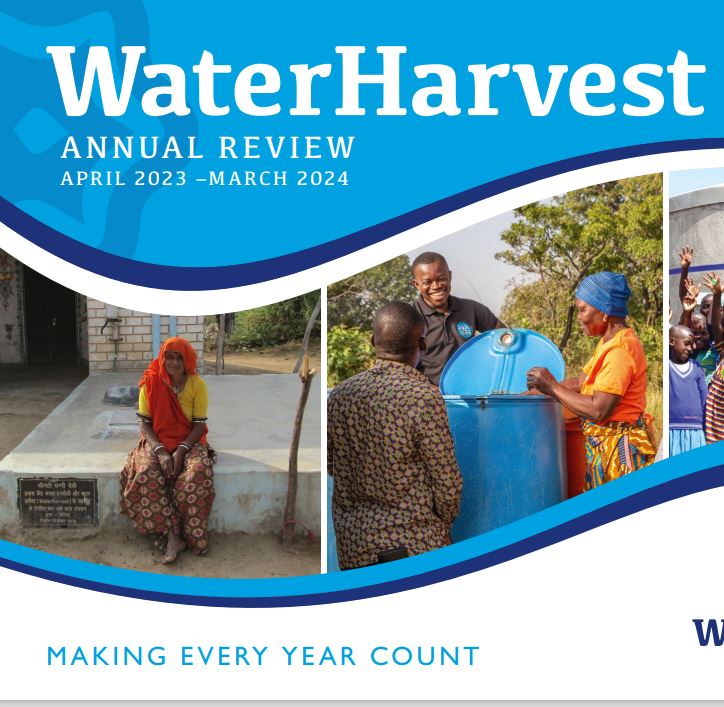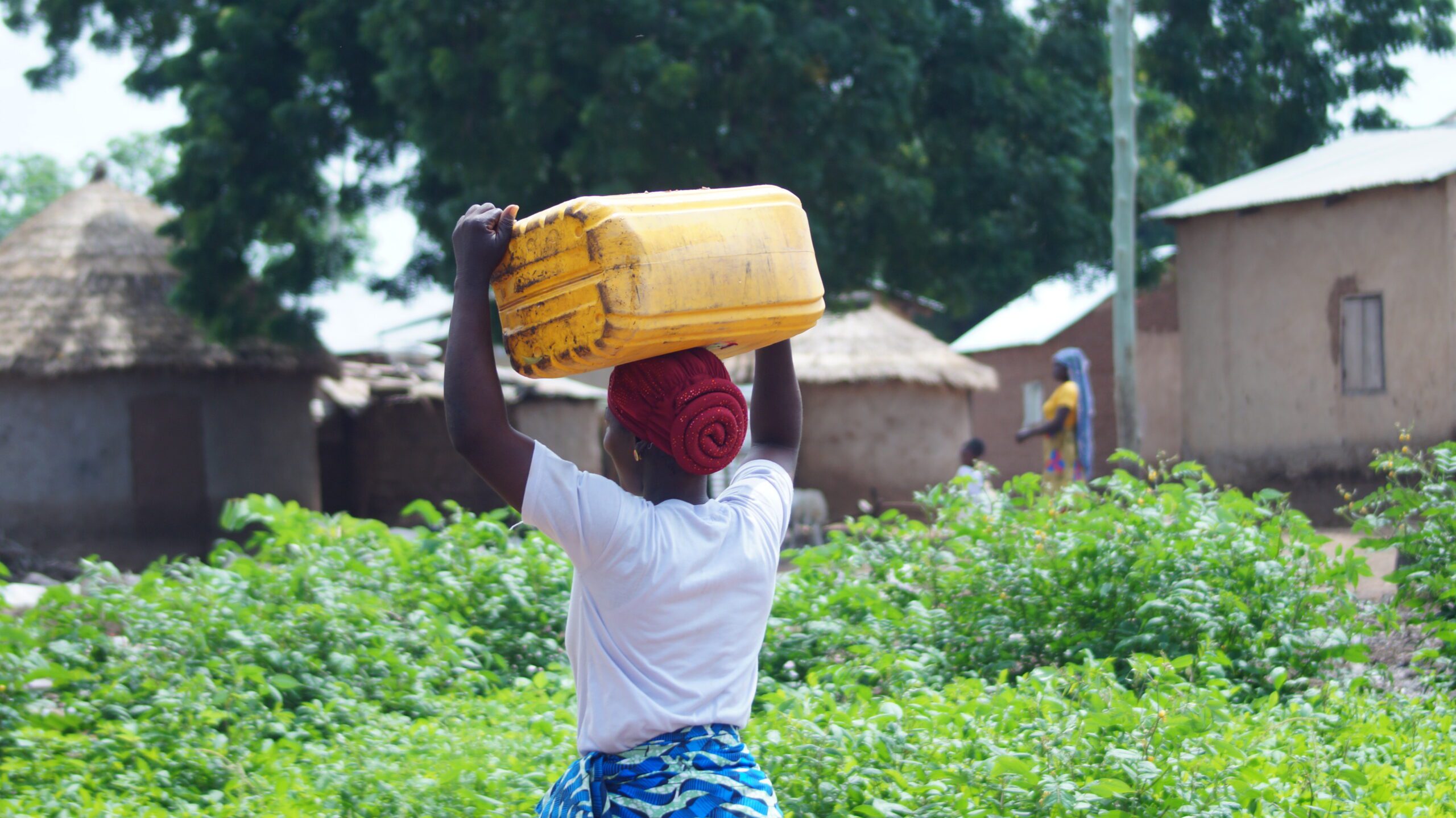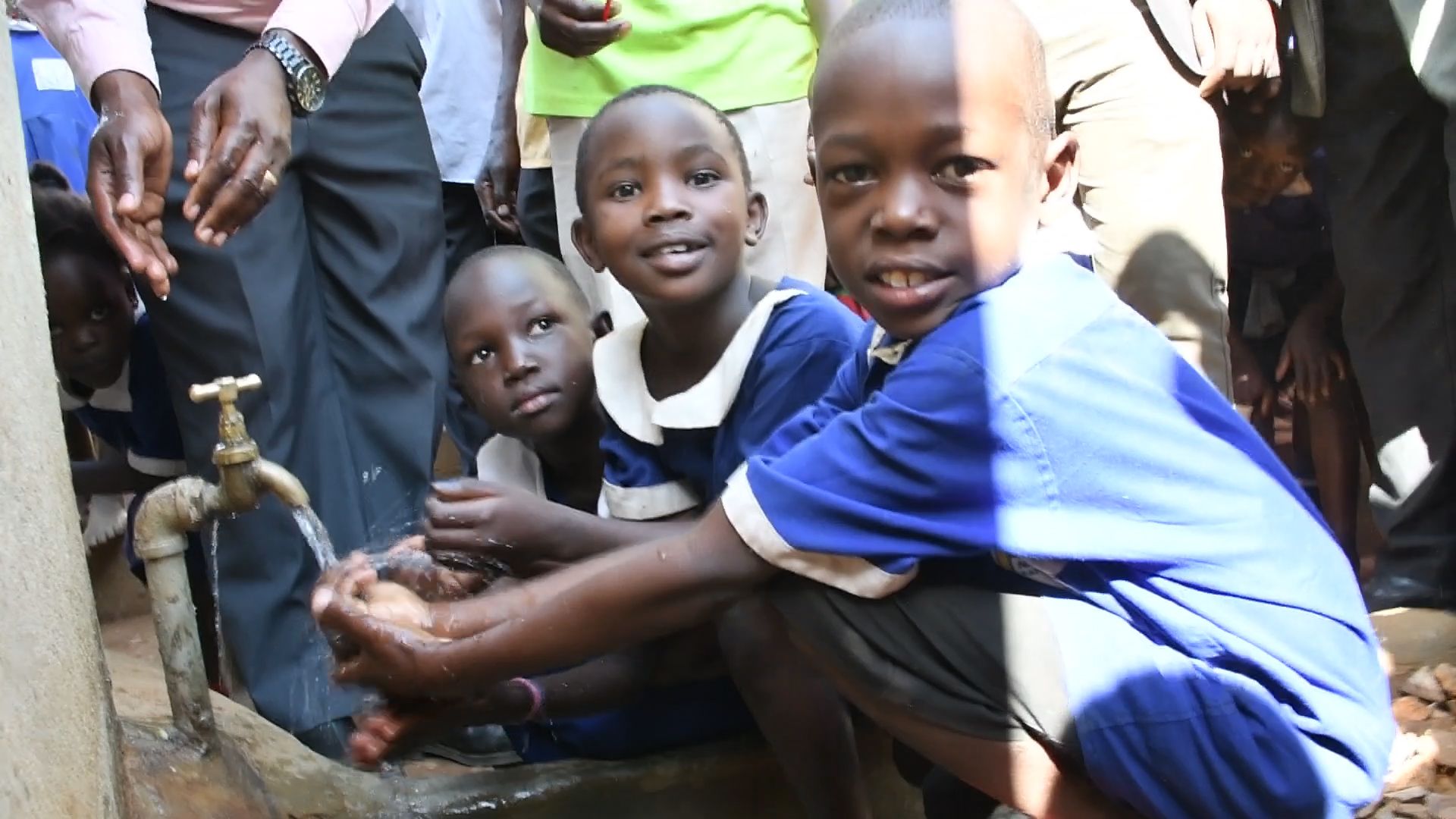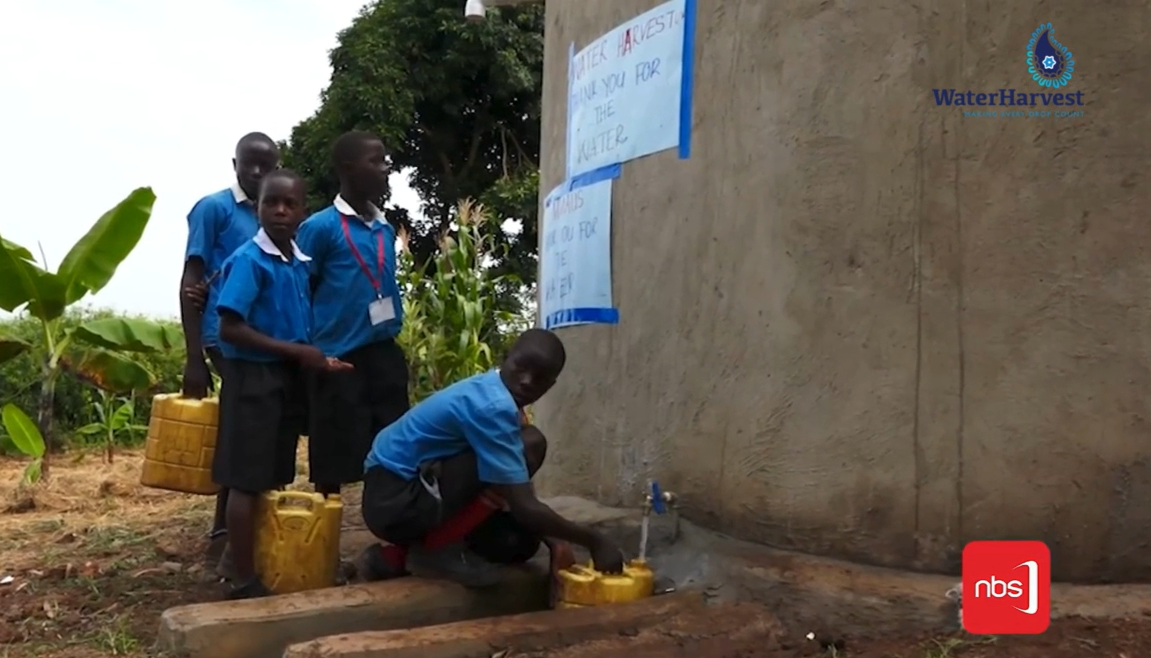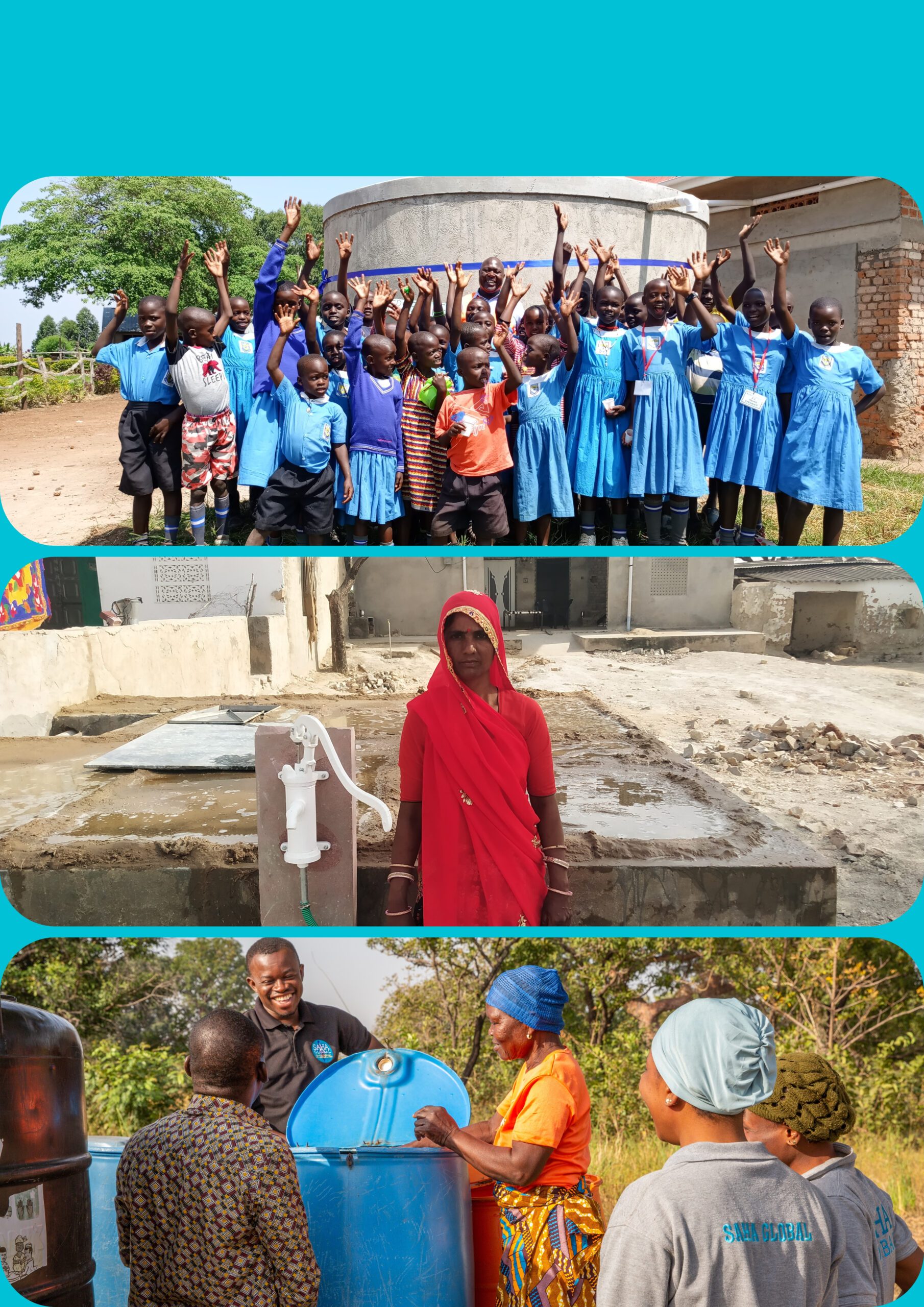The life-changing impact of clean water
The story of Shravan Lal’s family shows how clean water can transform lives
In 2014 we wrote a piece about Shravan Lal, a farmer whose involvement in one of our projects allowed him to install a rainwater harvesting system in his home. Five years later, it is clear that this solution has had a huge impact on not only his life, but those of his daughters. Here, we highlight the potential of clean water and long-term, sustainable solutions for changing the lives of families in rural India and breaking the cycle of poverty.
Clean water is key to escaping poverty
The people we work with are heavily dependent on primary natural resources for their livelihoods, especially rainfall for water consumption and growing crops. Clean water, however, is difficult to access, which can have far-reaching consequences. Families devote many hours every single day to gathering clean water. For children, this often means less time can be spent focusing their education. For girls, this can lead to no education at all, as families will often prioritise sending the boys to school, locking the girls and women into a cycle of poverty. Climate change is also creating more unpredictable monsoons, resulting in more unreliable crop growth, which affects incomes. Along with issues of dirty water causing illness, which can be fatal for families with limited access to healthcare, it is clear that sustainable water management solutions can have benefits far beyond simply providing clean water to drink.

Shravan Lal and his family
Shravan Lal is a small-scale farmer living in Charasada, a village outside Jaipur. Many of the people in this village live with poor economic conditions, illiteracy and limited access to government schemes. Because he owns only a small amount of land – 3 bigha, which is the equivalent to about 1.2 acres – Shravan Lal also does ‘labour work’ to help support his wife and their five daughters. Back in 2011, his wife, Supiar Devi, used to have walk for an hour to fetch water – often up to five times a day in the summer. With the girls helping, they would carry home the equivalent of 35-40 kilos of water each time.
Exposure to new solutions leads to changing attitudes
Through a WaterHarvest project partnered with PKS, Shravan Lal installed a roof rain water harvesting system at his home. He also went on exposure visits to the villages of Chirawa (Jhunjhunun) and Piplantri (Rajsamand), to learn more about how rainwater harvesting systems had changed the lives of these families. These exposure visits are very important as they raise awareness of sustainable solutions and allow for knowledge to be shared between communities. As a result of these eye-opening experiences, combined with his wife and daughters’ new freedom from having to fetch water, Shravan Lal’s attitude towards the value of educating girls was changed. He became determined to see each of his five daughters graduate from school, so that they can all become self-reliant in the future.
Rain water harvesting systems enable girls to go to school
Rain water harvesting systems catch the monsoon rain and store it in an underground tank to be used throughout the year. A simple pipe is attached to the guttering of the roof on a house, which feeds into an underground tank. When the monsoon rains arrive, the initial downpour is used to ‘clean’ the roof, then the homeowner moves a lever to ensure the water runs into the tank. A decent monsoon can fill a 21,000 litre tank and provide clean drinking water for a family of six for a year. Freed from the daily drudgery of collecting water, girls are then free to go to school.

Mamta – a story of success
For those of you who have been supporters of us for a while, we wrote about Shravan Lal and his family back in our Spring 2014 newsletter. Back then, we commented on how all of his daughters were in school. In the five years since, we have closely followed Shravan Lal’s family and can now report that his eldest daughter Mamta is in her second year of a BA degree, at a college at Sambhar, which is located 45 minutes from her village and is affiliated with the University of Rajasthan. As it stands, Mamta is the only girl in her village to have gone to college. Her success is just one example of how water management solutions can change the lives of families in Rajasthan, especially girls who are given the freedom to pursue an education.

Sustainability is key
We continue to work in Charasada building roof rainwater harvesting systems and, as Om emphasised in last week’s blog post, are keen to stay in touch with previous beneficiaries to ensure the sustainable impact of previous programmes. Sustainability is key to our programme design. Our tanks should last thirty years or more. Whilst building the tanks is vital, even more important is staying in touch with the beneficiary and the community to ensure they see the benefit of the programme and will continue to maintain it and use it properly. By focusing on the sustainability of our solutions, we can ensure that clean water is provided to the younger generations, like Mamta’s, and many more beyond.
This post was written by Nicola Floyd and Robert Tucker on 12th April 2019.




